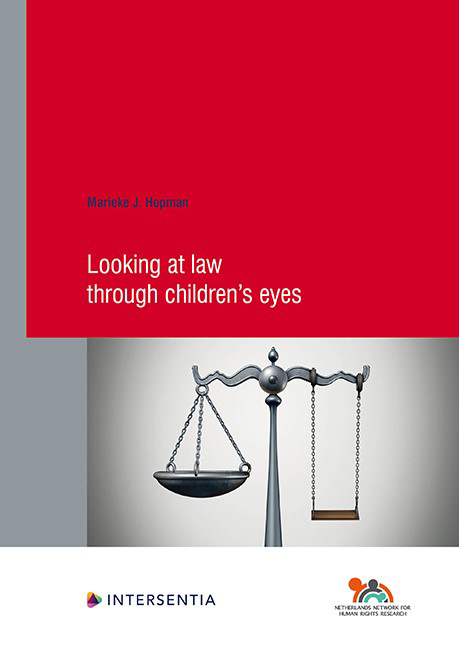Summary
Athough all children are supposed to have rights, and children's rights are considered universal with the 1989 UN Convention on the Rights of the Child being the most ratified human rights convention to date, children's rights are grossly violated on a daily basis and on a global scale. This thesis aims to contribute to understanding why these rights violations happen and what can be done to improve the protection of children's rights. It does so by incorporating a child's perspective in the study of legal norms related to the realization/violation of children's rights.
For children, law is not necessarily limited to what is stated in state legal codes, of which they are generally unaware, rather it is what their parents or their teachers tell them. When looking at law through children's eyes, the rules of the household, the classroom, and other legal orders which they are members of, can in many instances be classified as law. This law, that we find when looking at law through children's eyes, has to be recognized as part of a complete picture of law influencing the protection and/or violation of children's rights.
To this end, in chapters 1–4 of this thesis, a theoretical framework and accompanying methodology have been developed for a potentially better understanding of children's rights violations. The hypothesis in these chapters was that, to study children's rights violations through a framework of legal pluralism, whereby the existence of the different legal orders and its statutory laws would be analyzed as relating to a specific child's right in a specific area, would lead to an understanding of the legal factors involved in the violation/ protection of that right. This framework consists of a definition of law (chapter 1) and a theory on and method for how to empirically find the different laws of different legal orders (chapters 3 and 4). In addition, it was hypothesized that it would be important to take the child's perspective into account in data collection (chapters 2 and 4), and that analysis would have to take into account the power relations corresponding to the different legal orders surrounding children (chapters 1, 3 and 4).
- Type
- Chapter
- Information
- Looking at Law through Children's Eyes , pp. 429 - 432Publisher: IntersentiaPrint publication year: 2021

